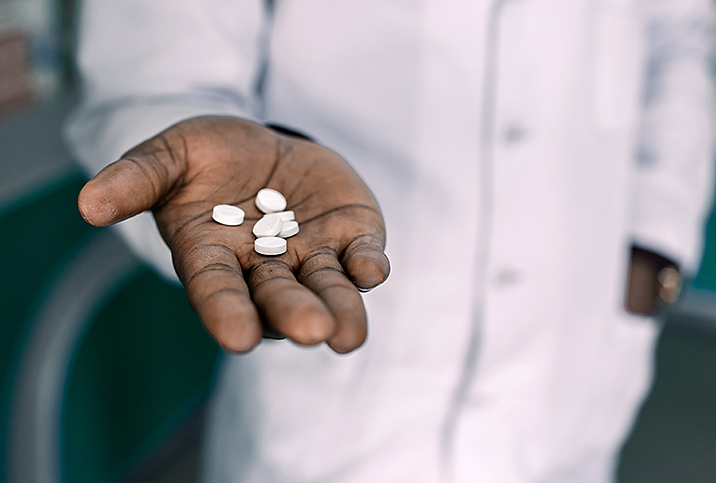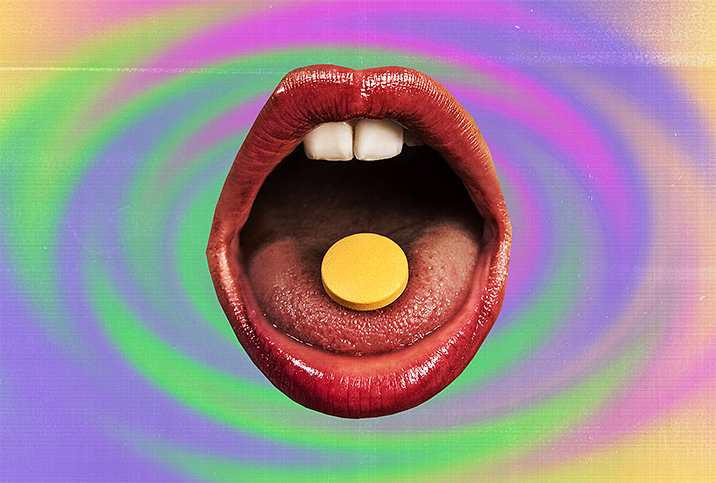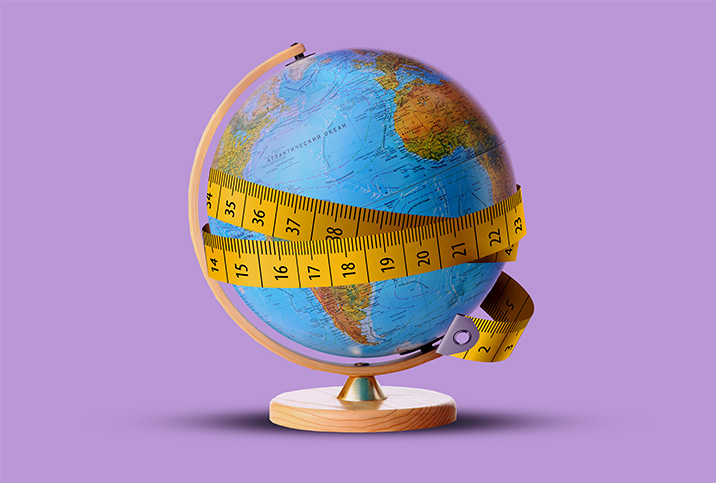Racial Bias Can Affect Dosage, Diagnosis and Treatment in Psychiatry

Risk assessment is used in multiple settings—police departments, classrooms, courts and hospitals, to name a few. Following a chart, psychiatrists help evaluate patients to predict and avoid violent instances. These evaluations decide whether or not patients are placed into psychiatric care, administered medication or given other appropriate treatments.
Although assessments are used to maintain the safety of medical staff, their use can become an issue when implicit and explicit racial biases determine perceived dangerousness.
With the ability for psychiatrists to rate symptoms on the assessment, such as "criminal lifestyle," "refuses treatment," "legal problems" and more, race quickly becomes a factor when assessing dangerousness. Studies indicated that at least two-thirds of healthcare providers hold a form of implicit bias toward marginalized groups.
As a result, Black and Indigenous people of color (BIPOC) receive higher medication dosages, psychotropics and misdiagnoses compared to their white counterparts—despite sharing identical symptoms.
Aggression and dangerousness
In a study on mental health perceptions in the general population, about 75 percent of individuals interviewed linked terms like "insanity" and "mental illness" with criminal and violent acts. Additionally, respondents were more likely to identify Black and Hispanic individuals as prone to violence.
The Scale for the Prediction of Aggression and Dangerousness (PAD) was introduced in the 1970s, using seven categories to predict an individual's behavior. Individual assessment includes context, opportunity, and identification of circumstances and stimuli that can trigger dangerous behavior. In clinical settings, the scale is used to determine an individual's admission into psychiatric care, the administration of psychotropic medications and discharge planning.
Although the scale can accurately predict dangerousness in certain situations, implicit race bias can result in misdiagnosis and involuntary treatment, and can perpetuate stereotypes and create unfair links between mental illness and violence. As a result, implicit and explicit racial and ethnic bias affects mental health assessment and intervention, specifically in how assessors view patients' behaviors.
Implicit and explicit bias
According to the American Psychological Association, 86 percent of psychologists are white, with similar percentages reported in other mental health professions. This becomes a problem, as some non-white patients may want to find a provider of their own race. As an illustration of issues that may arise, it may be difficult to explain how one's identity has impacted mental health to a provider who doesn't share the same experiences.
Consider individuals who are disproportionately targeted by police and law enforcement. For example, people of color who experience racial profiling may be viewed as paranoid by someone who doesn't share their ethnicity. In turn, if they're brought into a psychiatric center by police, they may be viewed as dangerous due to implicit and explicit biases.
Kali Hobson, a board-certified adult, child and adolescent psychiatrist in Portland, Oregon, described implicit bias as being widespread in the field.
"With objective rating scales in general, where a psychiatrist or mental health provider rates aggressiveness or propensity for violence, there is room for implicit bias," Hobson said. "When bias impacts care, it can be very dangerous."
Implicit racial biases are unconscious associations shaped by individual experiences, resulting in biased thoughts and behaviors. Explicit racial biases are prevalent, referring to deliberate thoughts and behaviors on a conscious level.
"This leads to inappropriate treatment of BIPOC patients, misdiagnosis and denied access to care," Hobson explained. "I see it nearly every day and in every level of psychiatric care. Once you are aware that it exists, and you see the world [through] an anti-racist lens, it can't be unseen."
Differences in diagnosis
Studies indicate psychotic disorders are more frequently diagnosed among Black patients, while mood disorders are diagnosed more often among white patients.
Despite the widespread use of the DSM-5, which should establish an impartial and universal standard, recent studies continue to indicate disproportionate rates of schizophrenia diagnoses in Black and Indigenous people of color. This may be because when a psychiatrist ranks the symptoms they see in patients, biases result in describing more severe psychotic symptoms.
As a result, BIPOC are involuntarily hospitalized more often, have a longer length of admission and are eight times more likely to be treated in a high-security ward compared to white patients.
Additionally, how an individual arrives at hospitals plays a role in if individuals are perceived as dangerous. With more Black individuals being involuntarily committed by police, their perceived dangerousness may be increased, especially in emergency situations.
Differences in psychotropic treatment
In addition to differences in diagnosis, the administration of psychotropic medications is affected by bias.
"Due to the racist perception of increased aggression and dangerousness of BIPOC, individuals are given higher and more frequent doses of sedative medications and given intramuscular admission rather than orally," Hobson said. "We also know that they are secluded and restrained at a higher frequency than their white counterparts."
Psychiatrists are also more likely to prescribe long-acting antipsychotic medications to Black patients than to those that are white. In addition to long-acting antipsychotics and higher doses, BIPOC also receive older forms of medication. Black patients are perceived as less likely to follow treatment plans—such as taking medication over a set time—which means that, due to the perception of poor self-management, Black and Indigenous people of color are given higher and stronger doses over a shorter treatment plan.
A shift in psychiatry
The disparities in psychiatry start long before diagnosis, beginning with accessibility in mental health resources for Black and Indigenous people of color. With less access to services compared to white individuals, BIPOC are less likely to receive care and, if they do, are more likely to receive poor-quality care. This could be solved in part by increasing the number of mental health professionals in every community.
Overall, though, the perception of dangerousness starts with the lack of diversity in psychiatry. With only 12 percent of the health service psychology workforce being ethnic minorities, that can lead to a lack of trust and communication in the field. Furthermore, due to misdiagnosis, inadequate treatment and a lack of cultural understanding, Black and Indigenous people of color may be less likely to receive treatment and mistrust mental health providers. Targeting structural barriers created against BIPOC will allow for an increase in diversity and prevent differences in care.
Identifying implicit and explicit biases during professional training can improve mental health services and treatment.
"The first step in becoming anti-racist in psychiatry is educating yourself, recognizing that [racial bias in psychiatry] exists, and listening and elevating the voices and experiences of BIPOC. We must change the systems and structures that continue to oppress and harm BIPOC," Hobson said. "While that does start with changing decisions at an individual level, psychiatry and medicine, in general, must challenge and restructure the very fabric at which they were established."



















Commentary